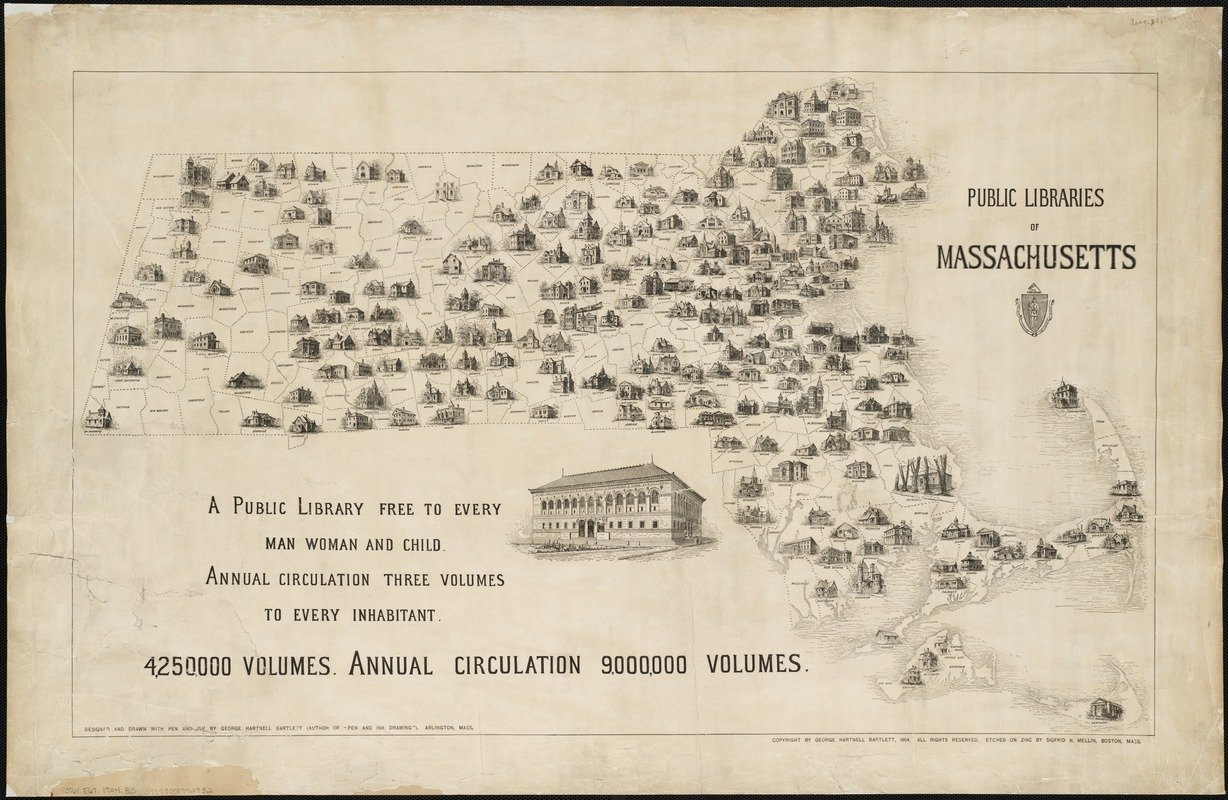Resources and Guides
We are here to offer valuable information and assistance to buyers, sellers, real estate agents, builders, and renovators alike. Within our database, you can access a wealth of resources, including links to restoration experts, town options, and additional beneficial information to support your preservation efforts. Our aim is to provide a comprehensive platform that caters to diverse needs in the realm of architectural and cultural preservation, ensuring that every stakeholder finds the support and guidance they require to contribute positively to conserving our shared heritage.
Historic Homes Evaluations
Our dedicated team of expert preservationists specializes in assessing old homes, engaging with a range of professionals to discuss necessary repairs, and imparting valuable knowledge to homeowners regarding the historical significance and available renovation options. By empowering property owners with an understanding of their home's past and the choices for restoration, we aim to inspire a greater commitment to preservation and revitalization. Reach out to us today to schedule a consultation for your house and delve into its rich historical narrative!
Frederick H. Ecker II
Fred has a diverse background in restoring and preserving historic properties. Over 35 years, he's collaborated with various organizations and individuals for more than 300 properties. His expertise in historic preservation is well-respected. He aims to show how careful restoration can benefit cities, communities, groups, and individuals. He works with all parties to educate about preserving our architectural heritage. Projects include famous sites like The White House, Mount Vernon, and Monticello.
W. Douglas Gilpin, Jr. FAIA
W. Douglas Gilpin, Jr. is a Fellow in the American Institute of Architects, with work spanning the Mid-Atlantic, West Virginia, and Rhode Island. His architectural work has been featured in magazines, video, and tours such as Bob Vila’s ‘Restore America’, The Old House Journal, Southern Accents, Virginia Business, Charlottesville HOME, and The Garden Club of Virginia’s ‘Historic Garden Week’. Doug’s innovative and environmentally sensitive solutions blend traditional historic local vernacular forms with contemporary interpretation, resulting in timeless architectural achievements.
A Guide to Cape Cod Regulations
We work diligently to maintain an up-to-date compilation of valuable contacts and resources by town, ensuring they are readily available for your convenience. Our commitment lies in consistently updating and organizing these essential assets to support your needs effectively and efficiently.




